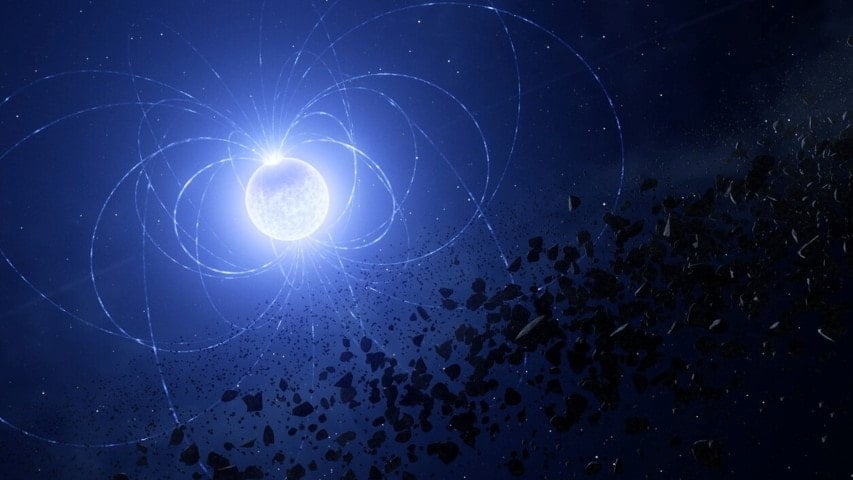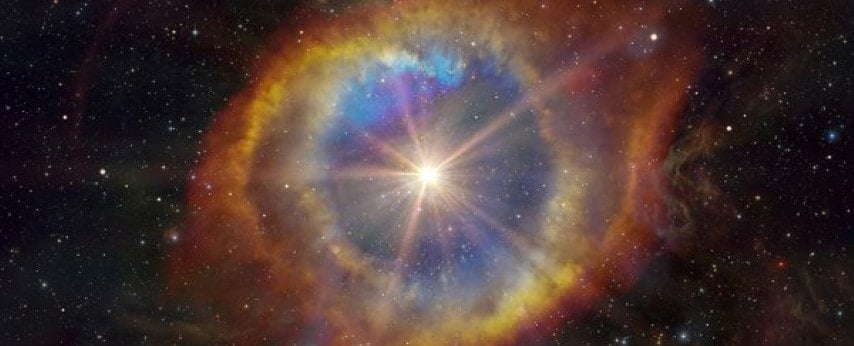The mystery that NASA is chasing: The star that died and came back to life

The extremely dense object is one of 30 known magnetars in the Milky Way. Magnetars are the remnants of 'dead stars' made entirely of neutrons. Just 20 kilometres across, Magnetar SGR 0501+4516 has a mass greater than the Sun and a magnetic field about 1 trillion times stronger than Earth's magnetosphere.
Magnetar was discovered by researchers using the Hubble Space Telescope, and NASA described the object as having "comic book superpowers." NASA's Hubble Mission team detailed the discovery in a blog post, noting that the magnetar comes from an unknown part of the universe, but could shed light on some of the universe's biggest mysteries.

Astronomers previously thought that Magnetar SGR 0501+4516 was formed by the collapse of the core of a neighboring supernova, but new observations have cast doubt on its birthplace.
This discovery means that the magnetar is either much older than the reported 20,000 years old, or it was formed by the merger of two neutron stars. "Magnetars are neutron stars (the dead remnants of stars) made entirely of neutrons," said Ashley Chrimes, who led the team that made the discovery.

What makes magnetars unique is their extremely strong magnetic fields, billions of times stronger than the strongest magnets on Earth.
"The birth rates and formation scenarios of magnetars are among the most pressing questions in high-energy astrophysics. They have an impact on many of the universe's most powerful transient events, such as gamma-ray bursts, extremely bright supernovae and fast radio bursts," said Nanda Rea of the Space Sciences Institute in Barcelona, Spain.
SÖZCÜ





